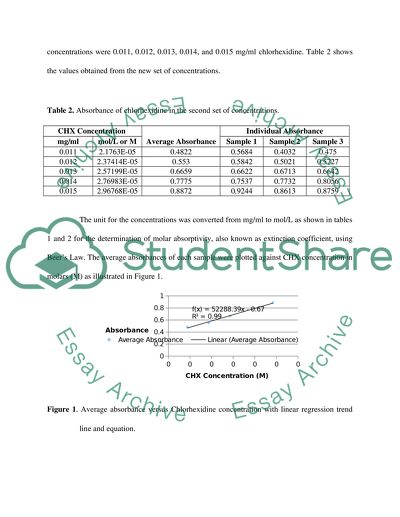Adsorption/desorption of Chlorohexidine (CHX) on Flax and Cotton Literature review. Retrieved from https://studentshare.org/chemistry/1435732-adsorption-desorption-of-chlorohexidine-chx-on
Adsorption/Desorption of Chlorohexidine (CHX) on Flax and Cotton Literature Review. https://studentshare.org/chemistry/1435732-adsorption-desorption-of-chlorohexidine-chx-on.


